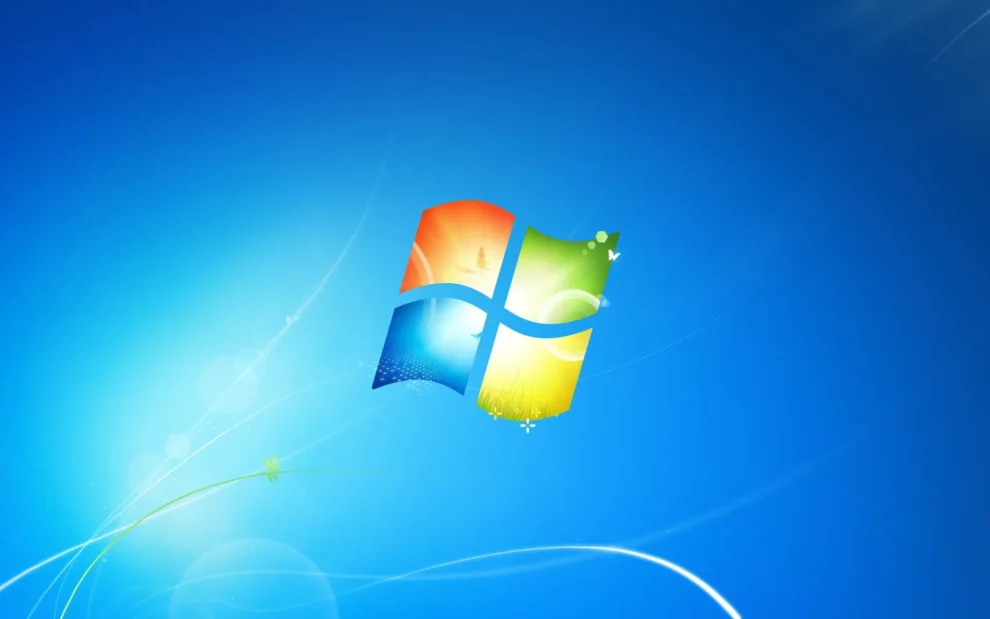Microsoft is ramping up its Windows 11 promotional efforts with intrusive, full-screen ads now appearing directly within Windows 10. The move comes as the end of support for Windows 10 looms closer, with Microsoft aiming to transition as many users as possible to its latest operating system.
These full-screen advertisements take over the entirety of a user’s screen, often interrupting workflow. The ads highlight Windows 11’s features, tout its advantages, and encourage users to upgrade. However, these pop-ups are causing frustration among Windows 10 users who have no interest in switching operating systems, especially those whose computers may not meet Windows 11’s stricter hardware requirements.
The ads began appearing after a recent Windows 10 update, and there’s currently no way to permanently disable them. Users can choose “remind me later”, but the advertisements are likely to resurface. While Microsoft is well within its rights to promote its products, the aggressive nature of these full-screen takeovers feels excessive and disruptive.
Microsoft’s aggressive advertising tactics have sparked a backlash in online communities. Many Windows 10 users express annoyance at the disruptive ads and feel pressured to upgrade to a system their computers may not be compatible with. Critics argue that while Microsoft has a right to promote its newer operating system, the full-screen ads that can’t be easily dismissed are too intrusive.
This latest strategy marks a step up in Microsoft’s efforts to drive Windows 11 adoption. While full-screen ads may increase awareness of Windows 11, their intrusive nature could alienate some users and raise questions about user experience on Microsoft’s platforms.
Windows 10 is set to reach its official end-of-support date on October 14th, 2025. After this point, it will no longer receive critical security updates, leaving users potentially vulnerable to online threats. Microsoft’s increased promotional efforts are likely designed to encourage Windows 10 users to upgrade before that support deadline.
Whether the full-screen advertisements are an effective strategy remains to be seen. There’s a possibility they may actually create resentment among Windows 10 users and push them to consider alternative operating systems, like Linux-based distributions.



















Add Comment